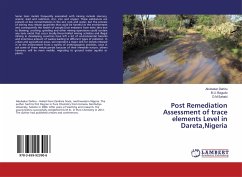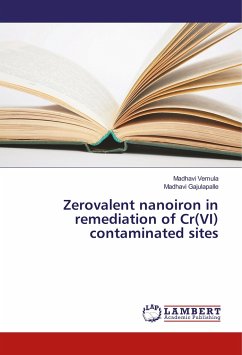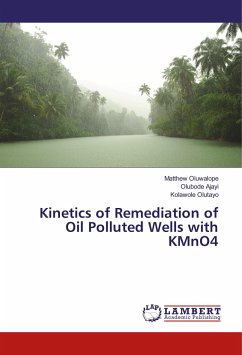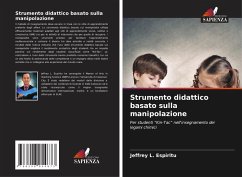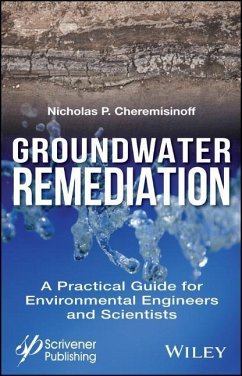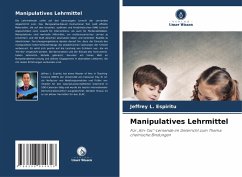
NEW TECHNIQUES FOR ENVIRONMENTAL REMEDIATION
Advances in Remediation Methods for a Cleaner Environment
Versandkostenfrei!
Versandfertig in 6-10 Tagen
29,99 €
inkl. MwSt.

PAYBACK Punkte
15 °P sammeln!
Heavy metal ions, such as Zn2+, Ni2+, Pb2+ and Cd2+ are the most poisonous and non- biodegradable of all water contaminants and can seriously harm both humans and animals. Heavy metal ion contamination of effluent is seen as a severe ecological issue in modern civilization. The planet is seriously threatened by this contaminant. Consequently, it is necessary to develop new and cutting edge systems and procedures for their eradication. The use of Nano science is practically ubiquitous in research and innovation. This also helps in the search for solutions to a variety of environmental issues, p...
Heavy metal ions, such as Zn2+, Ni2+, Pb2+ and Cd2+ are the most poisonous and non- biodegradable of all water contaminants and can seriously harm both humans and animals. Heavy metal ion contamination of effluent is seen as a severe ecological issue in modern civilization. The planet is seriously threatened by this contaminant. Consequently, it is necessary to develop new and cutting edge systems and procedures for their eradication. The use of Nano science is practically ubiquitous in research and innovation. This also helps in the search for solutions to a variety of environmental issues, particularly water toxicity. It is getting more difficult to develop extremely sophisticated, innovative water remedies because the existing methods are not capable of keeping up with the increased demand for reducing toxic metal concentrations in potable water and municipal wastewater. In this research, four distinct types of metalloid analysis methods based on nanotechnology are discussed, including colorimetric, fluorescence, electrochemical, and bio sensing technologies and to remove such as biosorption, electrokinetic process, supercritical fluid extraction.



